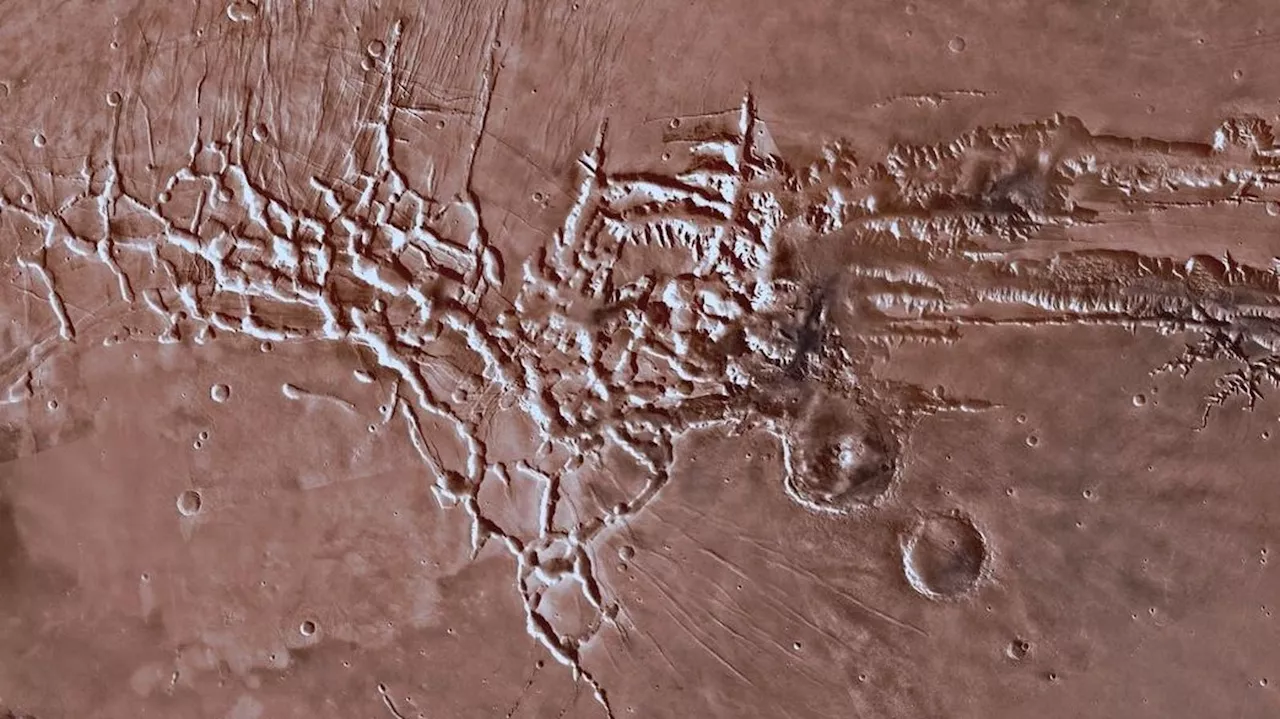I began my journalism career with Entrepreneur magazine with a focus on small business technology. As a freelance journalist, I’ve covered gadgets, geek culture, public schools, weird foods, transatlantic travel and Route 66.
Here’s a recipe for hiding a massive volcano on Mars. Take one giant volcano. Tuck in into a dramatic, fractured landscape. Add a long history of extreme erosion. Give it time to meld with the surrounding terrain. That’s what scientists think happened to a suspected Martian volcano that is just now coming to light.
Background image: NASA/USGS Mars globe. Geologic interpretation and annotations by Pascal Lee and Sourabh Shubham 2024 Some of the clues appeared in imagery and data captured by orbiting spacecraft, including NASA’s Mars Reconnaissance Orbiter. What’s missing is a classic volcano cone. A topographic map points out the inner and outer zones of the volcano and a circular depression the scientists are interpreting as a caldera remnant. A caldera is a hollow left behind after a volcanic eruption. These also form on Earth. Yellowstone National Park, for example, encompasses a massive caldera.
United Kingdom Latest News, United Kingdom Headlines
Similar News:You can also read news stories similar to this one that we have collected from other news sources.
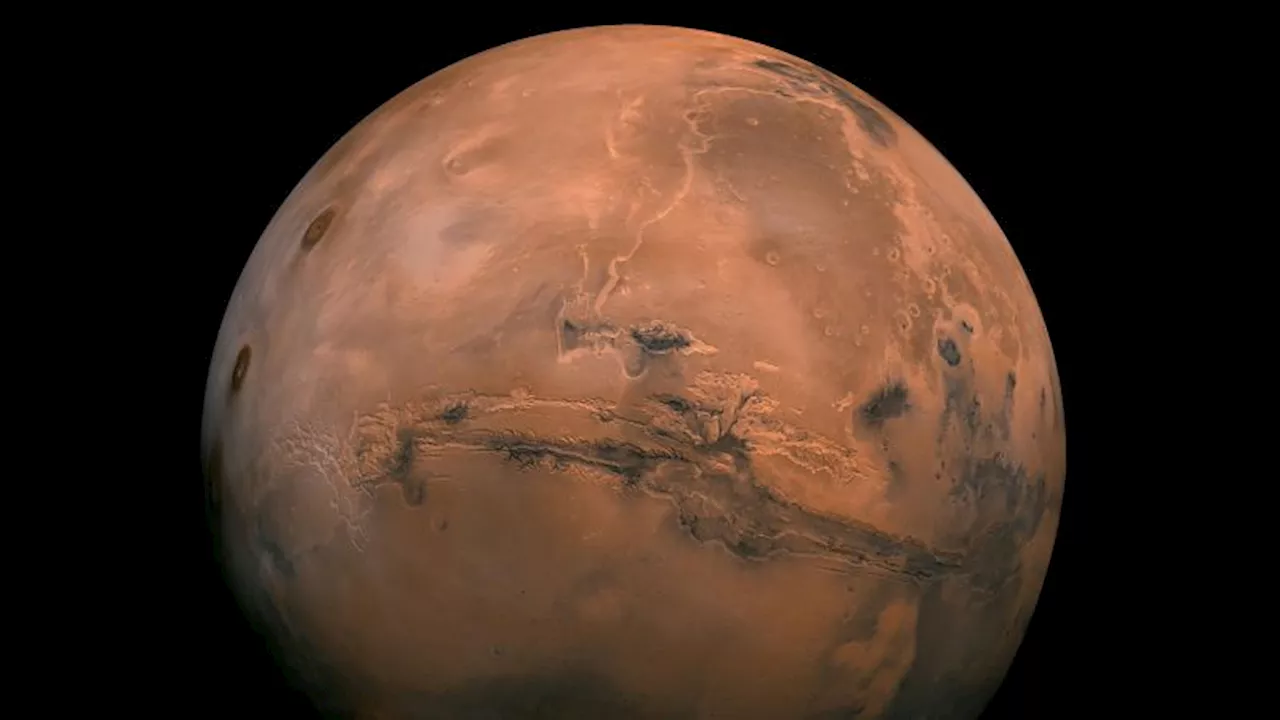 Mars could be driving ‘giant whirlpools’ in the Earth’s deep oceans, new study findsMars may be around 140 million miles away from Earth, but the red planet is influencing our oceans, according to new research.
Mars could be driving ‘giant whirlpools’ in the Earth’s deep oceans, new study findsMars may be around 140 million miles away from Earth, but the red planet is influencing our oceans, according to new research.
Read more »
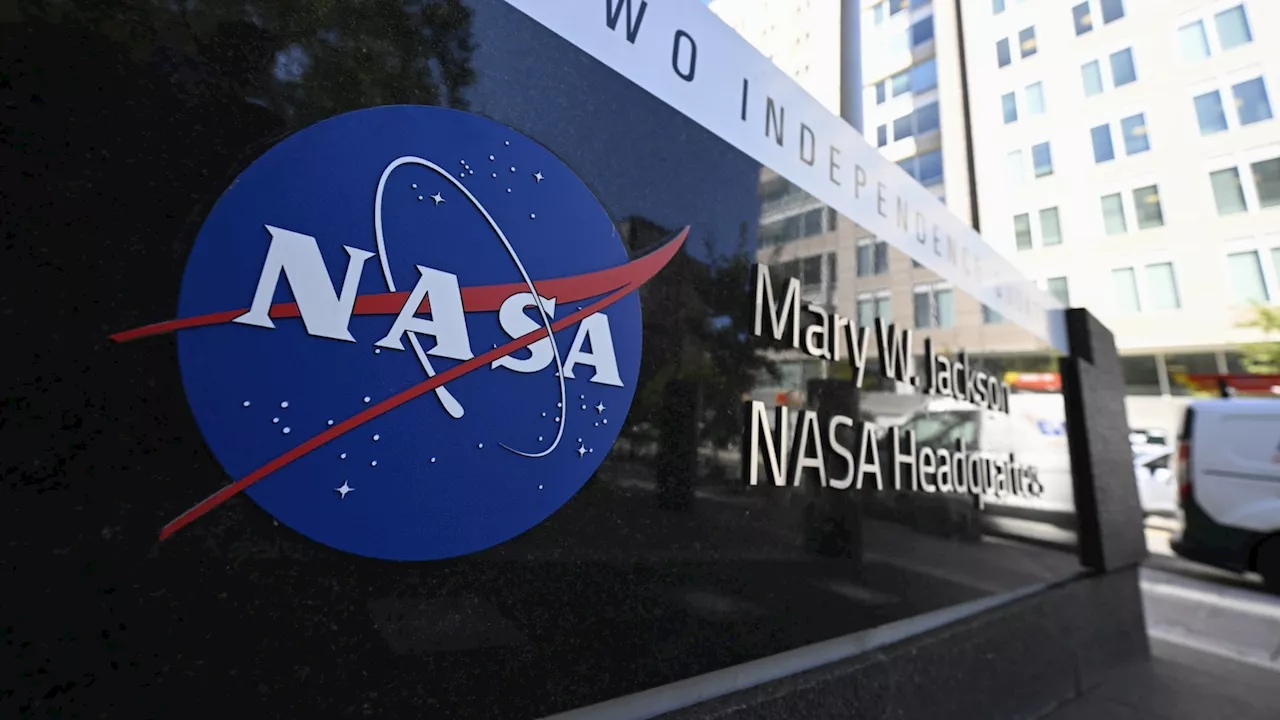 Life on Mars: How volunteers in NASA's Mars simulator will live for a yearFor 378 days, the four-member team will live and work inside Mars Dune Alpha.
Life on Mars: How volunteers in NASA's Mars simulator will live for a yearFor 378 days, the four-member team will live and work inside Mars Dune Alpha.
Read more »
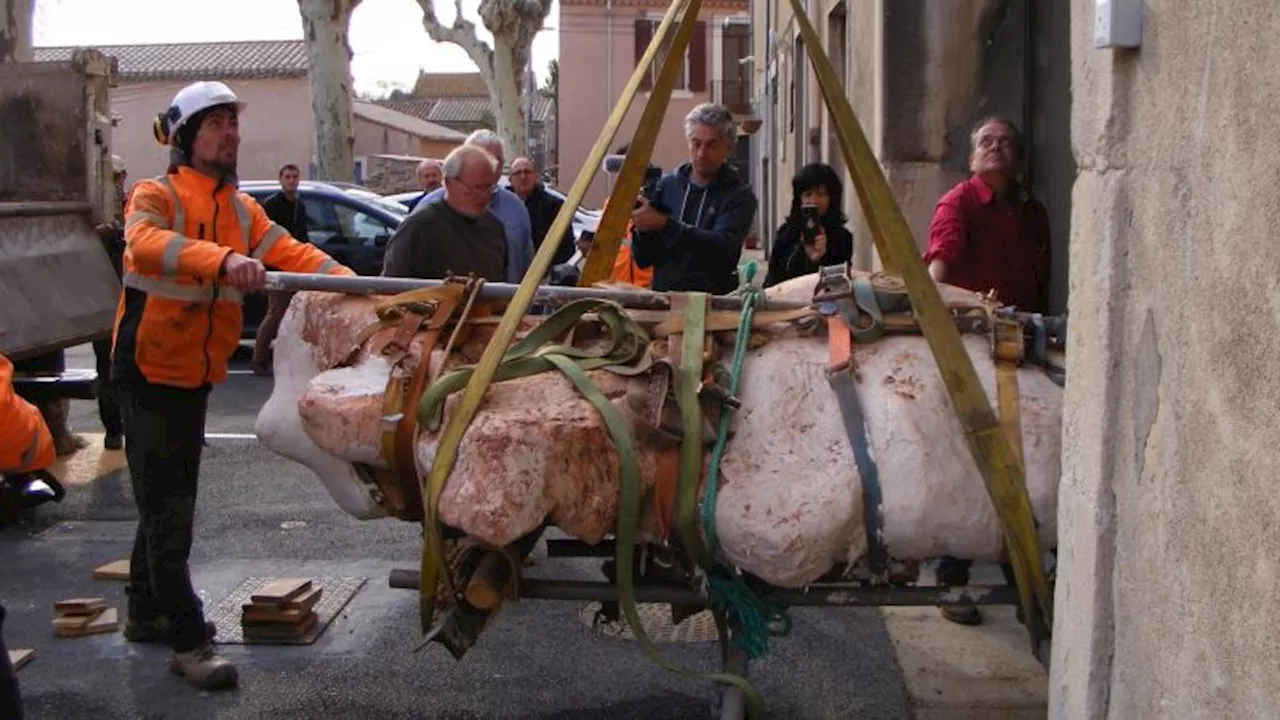 70 million-year-old giant dinosaur skeleton found connected from skull to tailA nearly complete and intact dinosaur skeleton has been excavated in France. The specimen is a Titanosaur, one of the largest dinosaurs of its time.
70 million-year-old giant dinosaur skeleton found connected from skull to tailA nearly complete and intact dinosaur skeleton has been excavated in France. The specimen is a Titanosaur, one of the largest dinosaurs of its time.
Read more »
 Scientists propose new theory that explains sand ripples on Mars and on EarthSand ripples are symmetrical. Yet wind -- which causes them -- is very much not. Furthermore, sand ripples can be found on Mars and on Earth. They would be even more fascinating if the same effect found on Mars could be found here on Earth as well.
Scientists propose new theory that explains sand ripples on Mars and on EarthSand ripples are symmetrical. Yet wind -- which causes them -- is very much not. Furthermore, sand ripples can be found on Mars and on Earth. They would be even more fascinating if the same effect found on Mars could be found here on Earth as well.
Read more »
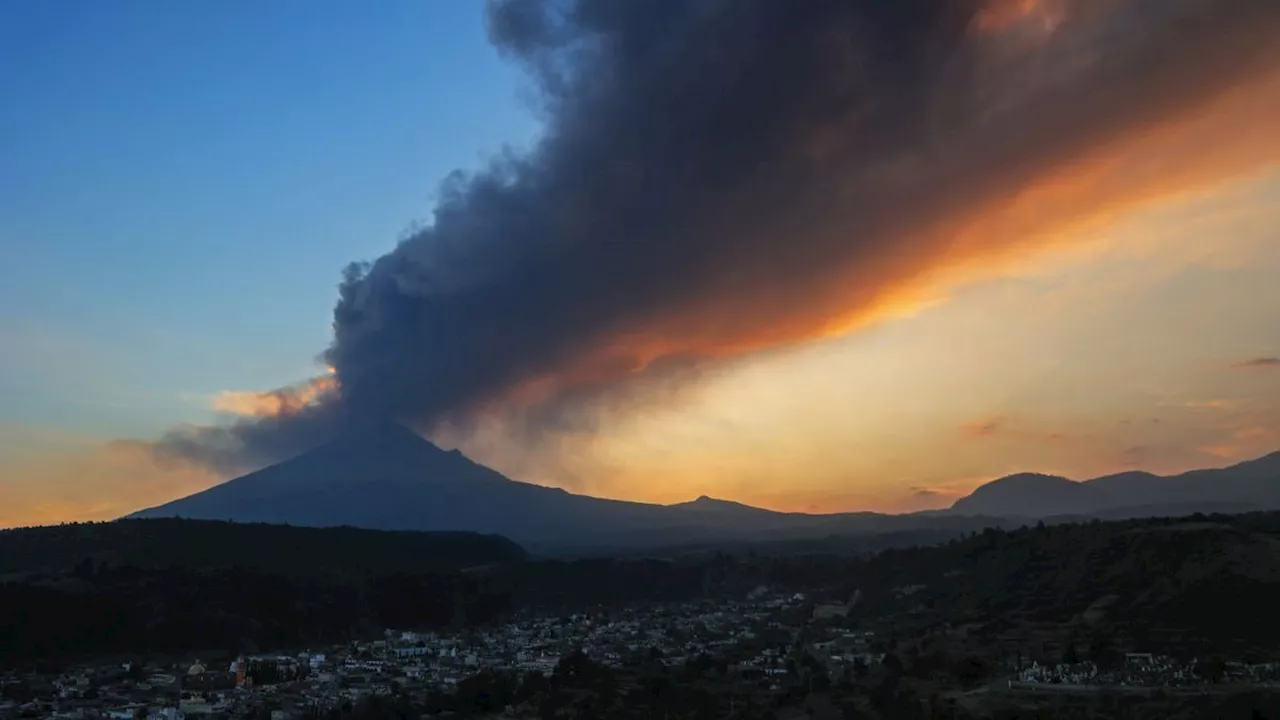 Mexico's most dangerous active volcano erupts 13 times in 1 dayBen Turner is a U.K. based staff writer at Live Science. He covers physics and astronomy, among other topics like tech and climate change. He graduated from University College London with a degree in particle physics before training as a journalist.
Mexico's most dangerous active volcano erupts 13 times in 1 dayBen Turner is a U.K. based staff writer at Live Science. He covers physics and astronomy, among other topics like tech and climate change. He graduated from University College London with a degree in particle physics before training as a journalist.
Read more »
 Dramatic Iceland Eruption Photos Show Lava Spreading Across Pristine SnowA volcano in southwestern Iceland burst to life, covering a main road in red-hot lava.
Dramatic Iceland Eruption Photos Show Lava Spreading Across Pristine SnowA volcano in southwestern Iceland burst to life, covering a main road in red-hot lava.
Read more »
